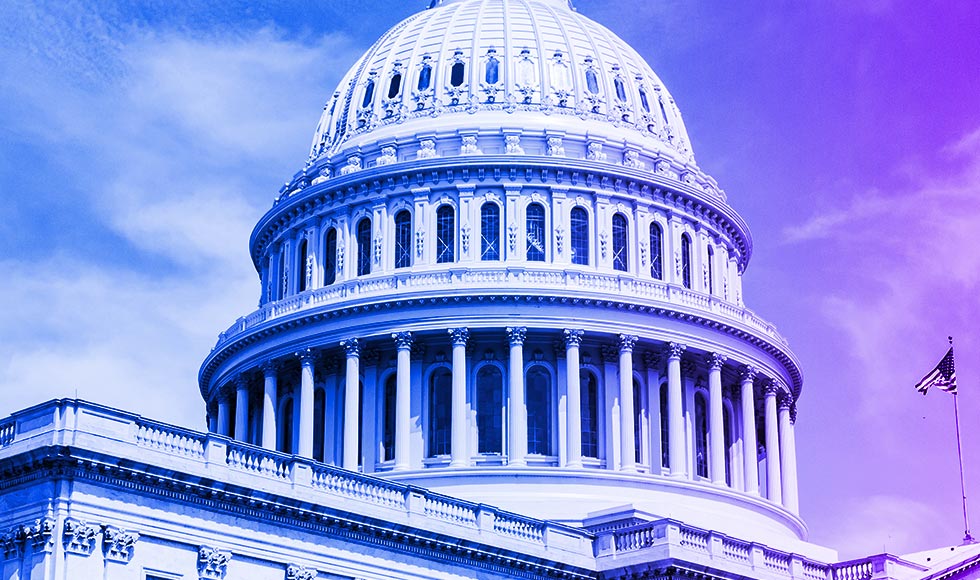May 2022
Diversity, equity, and inclusion (DE&I or D&I) is a key element of ESG programs across all sectors. The SEC’s Diversity Assessment Report serves to further educate companies on “leading practices and policies for advancing workforce and supplier diversity.” This assessment report may help companies assess DE&I performance and program maturation relative to DE&I goals and in anticipation of the SEC’s upcoming Human Capital Management Disclosure proposal. (Note: The DE&I area may expect continued and increasing legal and compliance risks in light of additional voluntary as well as mandatory data reporting and via recent legal cases, including the California ruling against mandating corporate board gender diversity standards).
Diversity, Equity, and Inclusion: SEC’s Diversity Assessment Report
Report analyzes voluntary self-assessments provided by respondents

Share
Dive into our thinking:
Diversity, Equity, and Inclusion: SEC's Diversity Assessment Report
Download PDFGet the latest from KPMG Regulatory Insights
KPMG Regulatory Insights is the thought leader hub for timely insight on risk and regulatory developments.
Explore more

Points of View
Insights and analyses of emerging regulatory issues and their impact.

Regulatory Alerts
Quick hitting summaries of specific regulatory developments and their impact.

Washington Report 360
A weekly newsletter covering legislative and regulatory developments affecting financial services firms—in 360 words or less.
Meet our team

Amy S. Matsuo
Principal, U.S. Regulatory Insights & Compliance Transformation Lead, KPMG LLP

Zoe Thompson
ESG Social Strategy Leader, KPMG US
